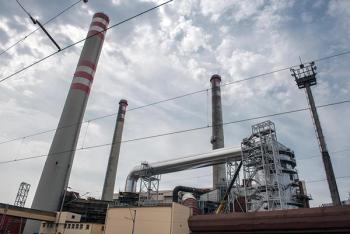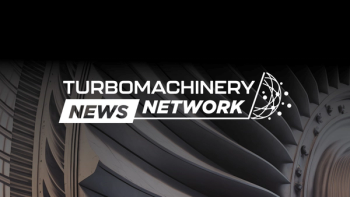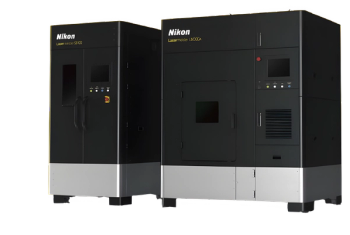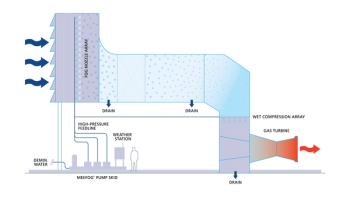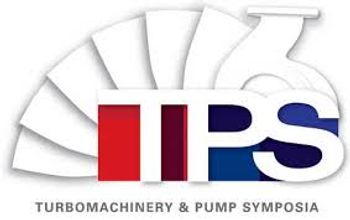
Revitalizing Energy Infrastructure: Extending the Life of Gas Turbines
Key Takeaways
- National Gas aimed to extend a gas turbine's life and adapt it for hydrogen use, addressing aging infrastructure challenges.
- Braden was contracted to design and install new systems, ensuring longevity and efficiency with corrosion-resistant materials.
With the energy transition accelerating and much of the existing infrastructure reaching the end of its operational life, modernization has become essential for the gas transmission sector to maintain safety, capacity, and environmental performance. One standout example is the recent Cab Infrastructure Project undertaken by Braden, a global leader in gas turbine auxiliary equipment for Gas Turbine Systems. Tasked with revitalizing a Gas Turbine compressor unit at a critical site in the South of England, Braden delivered a solution that not only extended the unit’s operational life but also prepared it for a cleaner energy future.
Sponsored by Braden
The Challenge: Aging Equipment in a Critical Network
The project’s end customer, National Gas, who is responsible for Britain’s gas National Transmission System, plays a vital role in transporting gas to power stations, major industries, storage facilities, more than 500,000 businesses, and 23 million homes through nearly 5,000 miles of pipes across Britain. Many of the compressor units within this network were installed decades ago with a 25-year operational design life. Over time, derogated and outdated technology have left these units struggling to meet modern demands. The Gas Turbine in question, installed in the early 1990s, was a prime example. The undesirable condition of auxiliary equipment prompted National Gas to take action.
Their goal was twofold:
- Extend the turbine’s operational life for an additional 25 years.
- Repurpose the unit to accommodate a blend of natural gas and hydrogen, aligning with the UK’s push towards cleaner, more sustainable energy sources.
Braden Steps In: Engineering Excellence and Innovation
The Main Works Contractor awarded Braden the Front-End Engineering Design (FEED) study followed by the major works scope, which included the design, manufacture, destruct and installation of the Combustion Air Intake Filtration System, Combustion Air Intake System, GT Enclosure Ventilation Air Intake System and GT Exhaust System.
Innovation in Action: Braden’s Approach
Braden’s solution incorporated several innovative features to ensure rapid deployment and long-term reliability:
- Extending Life: Addressing derogation with corrosion resistant materials helps ensure 25 more years of operation with minimal maintenance requirements.
- Sustainable Efficiency: Upgrades to the air intake filtration system and exhaust system reduces harmful exhaust gas emissions and improves gas turbine reliability and availability.
Delivering Results
The existing GT Exhaust System was successfully removed and replaced summer of (2024) with the new system, including an updated support structure. The installation of the new system was completed incident-free and within the scheduled outage period. The design and manufacture of the Combustion Air Intake Filtration System, Combustion Air Intake System and GT Enclosure Ventilation Air Intake System were completed in time and scheduled for installation summer of (2025). By extending the operational life of the asset and enabling future hydrogen integration, Braden not only remedied code and standard deficiencies but also prepared the customer for a cleaner, more efficient future. The success of this project underscores the importance of forward-thinking solutions in the energy industry. As the global energy transition continues, projects like these will serve as benchmarks for balancing sustainability, performance, and reliability.
Looking Ahead
Braden remains deeply engaged in a collaborative partnership with this customer, focusing on an extensive range of initiatives that include multiple enhancements of their existing compressor(s) infrastructure, the design and execution of upgraded technical solutions for extending GT auxiliary equipment design life, and the repurposing of the existing infrastructure to accommodate the evolving requirements for handling both natural gas and hydrogen blends.
Newsletter
Power your knowledge with the latest in turbine technology, engineering advances, and energy solutions—subscribe to Turbomachinery International today.

